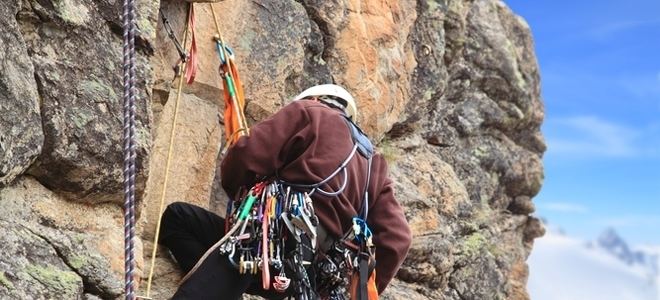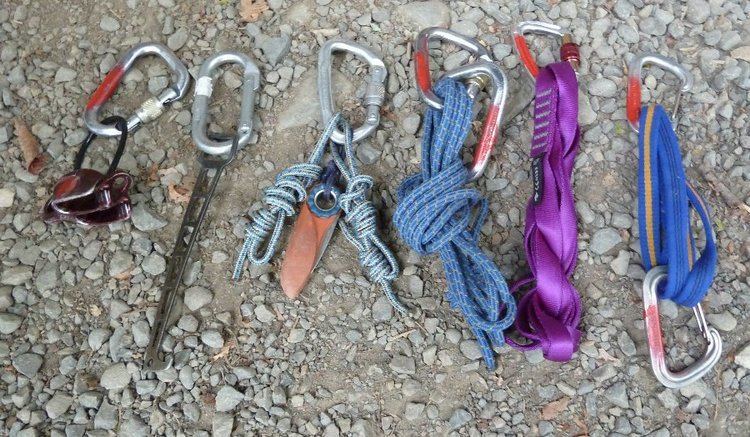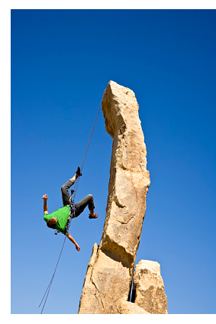Self-rescue, in climbing, or in the broader activity of mountaineering, refers to actions and techniques, taken by either an individual climber or teams, to retreat or advance from situations which would leave them, otherwise unprepared, stranded (and, possibly, dead).
Contents

Self-rescue is an alternative to calling search and rescue (SAR) which can save the climber(s) being charged for SAR services and can avoid putting SAR team members in harm's way. Unfortunately, many aspiring climbers don't take the opportunity to train themselves in real-life conditions (overhanging edges, etc.) and "find they need to seek outside help".

When members of a team require self-rescue, rescuing a fallen partner may expose the rescuer to significant risks. Self-rescue requires having a practiced rescue plan, good communication, and foresight to avoid "an incident within an incident".

Reasons for self-rescue

Self-rescue techniques can be used to pass a difficult section or to rappel down a multiple-pitch route with an injured climber.
Techniques
Techniques employed during self-rescue include:

